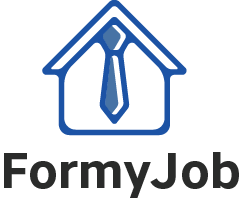How to do good blockchain development?
We invite you to take note of the steps necessary for the development of the blockchain:
The first thing to do is a briefing between both parties. The client provides the information on the business model, and the blockchain development company offers the expertise to design the platform using the most optimal technology.
It is crucial to choose the technologies to be used well since each transaction has a cost in the blockchain. Depending on the blockchain chosen, it can cost between € 10 or € 0.0001 each.
It is also essential that the blockchain development company designs which parts of the platform should work to have a balanced system of security, user experience, and costs per use appropriate and adapted to the business model proposed by the client.
For example, if you want to develop a platform to tokenize real estate and that investors can buy tokens from these, the most recommended is that all the functionality related to the purchase or investment is developed on blockchain technology, and the rest of the functionalities do so the traditional way. This way, you will get a good user experience, excellent purchase security, and low costs.
Once the briefing is finished, we move on to the design phase. With the briefing in hand, it's time for UX and UI experts to get down to business. With the information collected, you must design a platform with a great user experience and a friendly interface to convey confidence and operate effortlessly. In this way, you will avoid their frustration and abandonment on the platform.
Occam is a blockchain development company with a design department since the technological part is essential. It is of no use to us that the technical part of the project is resolved if we cannot make the client's platform usable by users.
When the platform is designed, the development team begins to program all the functionalities defined in the briefing and layout the platform as defined in the design.
This phase takes the longest, as we are currently turning the idea into something tangible. Here we go from drawings to reality to create the platform that users will use.
In addition, in blockchain development, all the components of a traditional development must be taken into account (Database, Backend, API, FrontEnd ...) added to the blockchain components (SmartContracts, Gas, the blockchain itself to be used ...), for what is a job in which you have to have high precision.
Now that we have the platform, we will test it among several people: the developers, the client, the blockchain development company, etc. The more participants, the better. We will discover minor bugs and surely some deficiencies not found in the design and that, when using it, we need to solve. For example, a manual on investing, taking steps within the platform, a pop-up that warns us of any extra configuration, etc.
Once the testing is finished, we move on to the deployment. We select the optimal server for the platform's operation to adapt it to the resources that the client can consume. Now, we go from working on the test blockchain to the mainnet. That is the natural environment.
You do not need to remember these steps from back to back; at Occam, we accompany you throughout the process, and you can consult your questions at any time.What types of test blockchains are there?
There are a large number of blockchains. And with them, test blockchains.
For example, the Bitcoin test blockchain is called Tesnet, but others like Ethereum have various test chains like Robsten, Kovan, Rinkeby, Goerlich.
All of them work in the same way, so we can use whatever we want. In this case, the most critical function that this technology provides is Smart Contracts from a development point of view. We will focus on Ethereum and talk about Robsten.
When we develop Smart Contracts, it will be necessary to perform thousands of tests to verify that everything is as planned. We cannot use a real blockchain since the cost would skyrocket, and it would not make any sense since the test blockchains will provide us with the same.
If we select the Robsten network as the test chain, we can get free ETH (Obviously, this ETH is not the real one) to carry out the tests. When we spend it, we can continue to request more at this link by entering the public address of our wallet.
Currently, there are hundreds of projects that, inspired by the idea of decentralization, investigate how to extrapolate this principle to other things. Many times using even the free and open-source base of Bitcoin, the first ecosystem to put the pieces together on that ideal functionally.
Do not forget that Bitcoin is constantly evolving and, at the same time, Blockchain technology. It is such a dynamic sector that new solutions, integrations, and innovations appear every week that do not stop taking this technology to new levels.
Blockchain potential
If you have come this far, you will have already realized the enormous potential that this technology houses.
So much so that numerous personalities in the technology and financial sector have placed bitcoin and the blockchain at the height of the personal computer industry in 1975 and the Internet in 1993.
One of its most relevant emerging applications has to do with what is known as “smart contracts” or intelligent contracts.
They consist of the ability to trust a distributed network to confirm that a contract of any kind has been fulfilled without revealing any confidential information about the parties and nature of the transaction.
This would serve, for example, to release payment to a freelancer to whom you have subcontracted when they finish their work or for your washing machine to buy detergent itself once it detects that it has finished.
The implications of this about trust and transparency when carrying out transactions of any kind are enormous.




